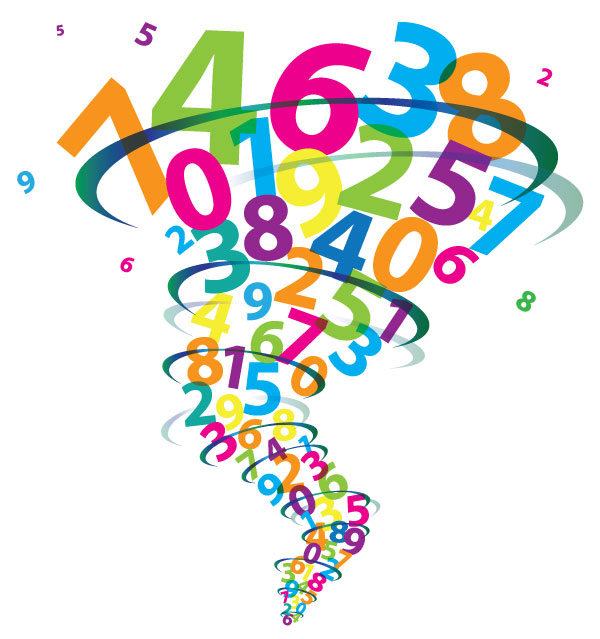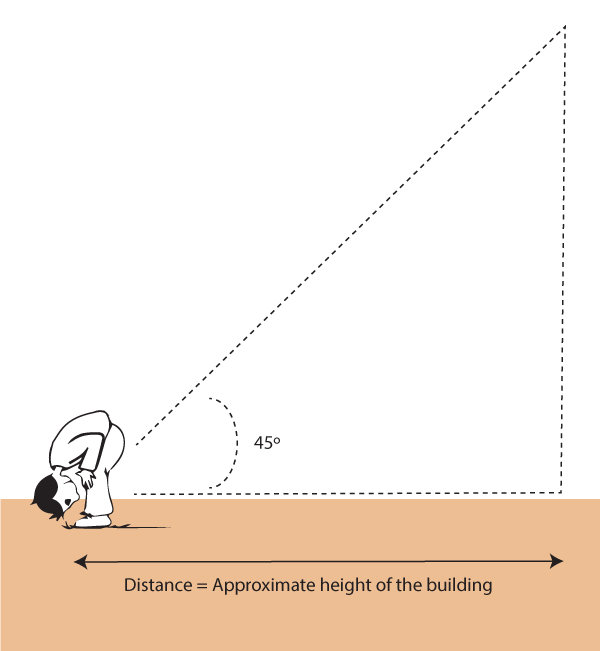Sponsored by King’s College Doha
Maths isn’t just remembering numbers. It’s part of everything we see and do—even how our bodies are made! From home to school to the park and all the places in-between, you can see real-world examples of maths. You use maths when measuring a recipe, deciding how long it will take to get to the next destination in the car, setting your alarm to wake up in the morning, and even watching TV and shopping.
A brilliant way to help improve your maths whilst having fun is to make it relevant to your day to day. Try these simple games and numerical tricks—just five minutes a day can make a big difference.
Work out percentages without a calculator
If you need to work out percentages in your head, you can flip the numbers around to make it easier. For example, 18% of 50 is also 50% of 18, which is, you got it—9!
Games
How fast can you add?
Time limit: 5–10 minutes
Objective: Count the numbers on license plates of passing cars and see who adds up the digits the most quickly. Try to use number bonds to get the addition done even faster (Number bonds are simply pairs of numbers that add up to a given number i.e. number bonds for 9 are 9 + 0, 8 + 1, 7 + 2, 6 + 3, and 5 + 4)
How to play: This is a game for two or more players. The player who counts and adds numbers on the most plates within 10 minutes wins.

How much does it weigh?
Time to play: Varies
Tools: Kitchen scale
Objective: Estimate the weight of random items by comparing them with one standard item
How to play: Select a standard item of about 100 grams, for example, an average-sized apple. Choose 10 items and determine whether they are heavier or lighter than the apple. Estimate how much you think they weigh and then use the scale to find out if you are right!
Maths Tricks
How tall is it?
This cool trick relies on trigonometry (and flexibility!). If you view the top of a building at a 45-degree angle, then the height of the building is equivalent to the distance that you are from it.
How it works: Start with your back against the building and begin walking away. At regular intervals, bend forward to look back at the building through your legs. Stop when you can just see the top of the building and turn around. Taking long strides, count your steps back to the bottom of the building. A long adult stride is approximately one meter long. The number of meters is roughly equal to the building’s height.

What’s the angle?
Your hand is a great guide to measuring the degree of an angle. Try this when you’re next out and about using the guide pictured.
Built-in measuring sticks
Did you know, when we need an approximate idea of length, we always have a handy “ruler” nearby—our bodies. These are based on an average adult, so you may need to use a grown-up as your ruler for now.
Our hands: The width of an average palm is about 10 centimetres.
Our feet: An average adult foot is about 30 cm long. Fun fact: The feet of most humans are actually the same length as one of their arms from wrist to elbow!
Our knuckles: 2.5 cm is roughly the measurement from the top knuckle on the thumb to the thumb tip. Measure yours to see how close it is to 2.5 cm.

Our height: For most people, their arm span is about equal to their height. Your arm span is the distance between the middle fingertips on each hand when you stretch your arms out as far as they can reach.
Exploring a wide range of opportunities outside school is a great way to take your learning beyond the textbook.
ARTICLE PROVIDED BY THE MATHS DEPARTMENT AT KING’S COLLEGE DOHA LED BY MATHS COORDINATOR AND HEAD OF YEAR 3, PÁDRAIG MCCANN.
ENROL NOW FOR ACADEMIC YEAR 2019/2020 AT KINGSCOLLEGEDOHA.COM



